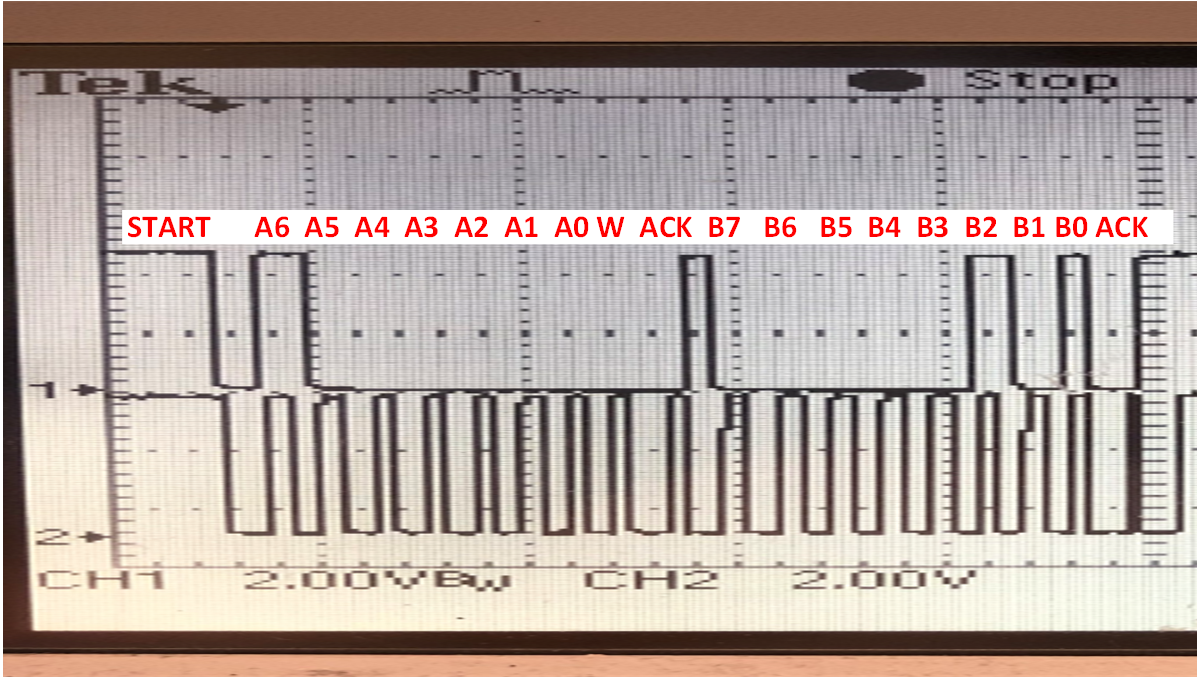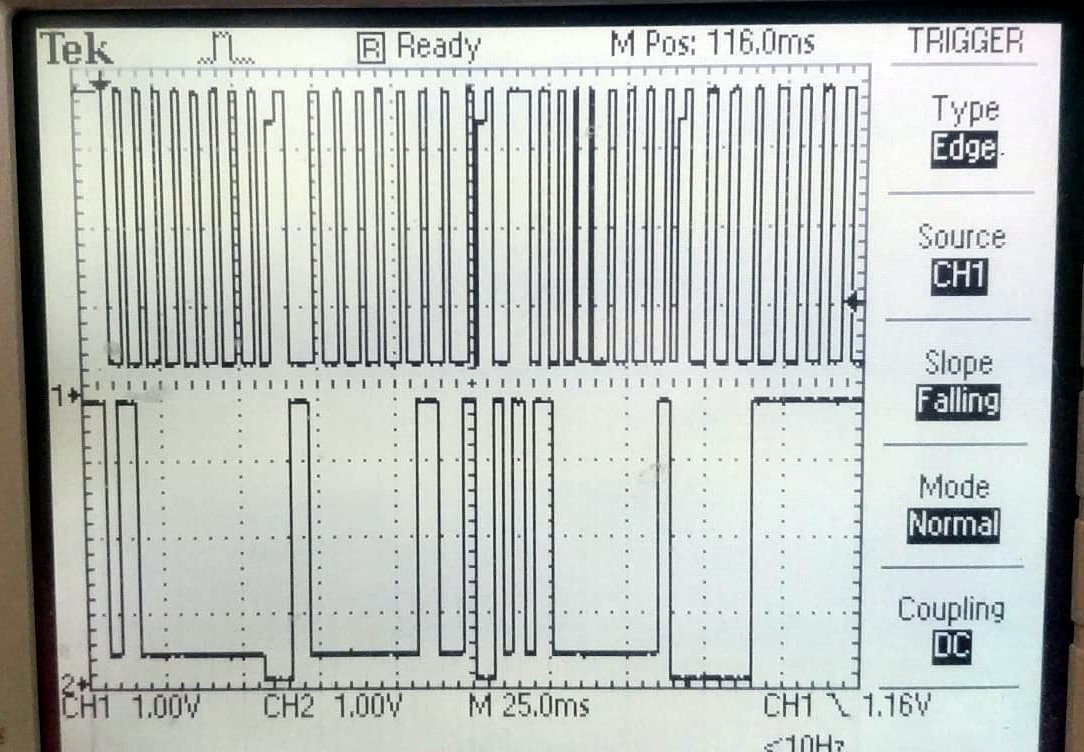I work with INA219 Current Measuring board purchased on e-bay.
Configuration register 0x00 contents 0x399F data as mentioned in the datasheet.
Calibration register 0x05 contents 0x1FFF data instead of 0x0000 by default.
After reset (Write 0x8000 into addr. 0x00 (Configuration register)) nothing changes.
Attempts to write into Calibration register 0x05 have effect with most significant tetrad changes (0xNnnn) only.
What can be a problem?
I checked 2 devices with the same result.








